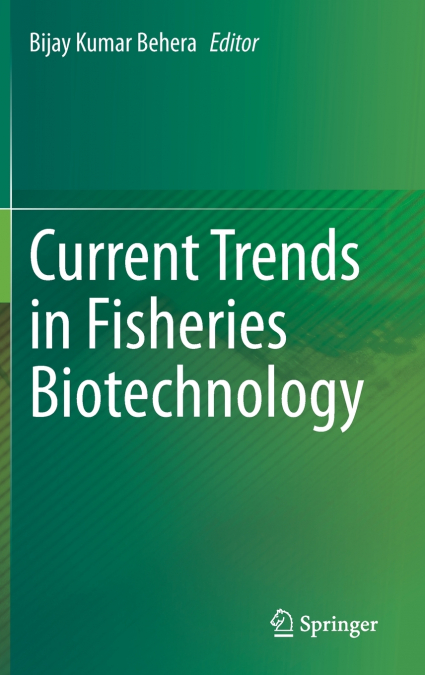
Bijay Kumar Behera
This book discusses information on recent trends in fisheries biotechnology. It addresses various aspects, such as metagenomics, proteomics, surrogacy, and nano-biosensor applications in fisheries and aquaculture. This is a sunrise sector and provides nutritional security to millions of people globally. Recent developments in biotechnology, such as genomics, proteomics, bioremediation, and nanotechnology, are highly useful for the sustainable development of fisheries and aquaculture. Furthermore, mitochondrial markers, surrogacy, and epigenetics reprogramming have high potential for fisheries and aquaculture advancements. Aquatic ecosystem health surveillance is also very essential for the conservation and management of fisheries biodiversity in natural ecosystems and has also been covered in the book.This book is suitable for undergraduate and graduate students and researchers in fisheries science. It will also be helpful for various written examinations for scientist and assistant professor aspirants in this field, officials of government developmental departments, and allied agricultural sciences. Progressive fish farmers, entrepreneurs, aquaculturists, and individuals involved in the aquaculture industry will find this book valuable.